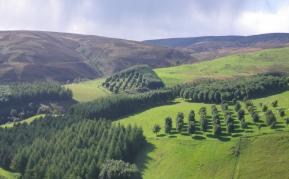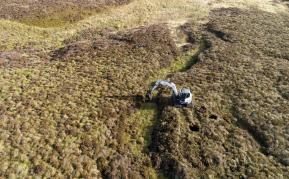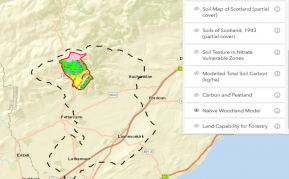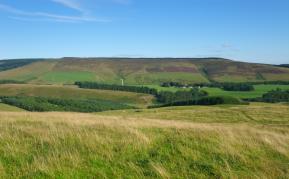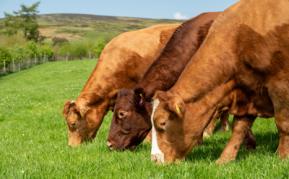“…Woodland creation and integration with livestock systems, soil conservation, ecology, hydrology and water management, peatland restoration, natural capital / carbon accounting, renewable energy and associated innovations, land management, land use planning, farmer behaviours, rural development…”.

